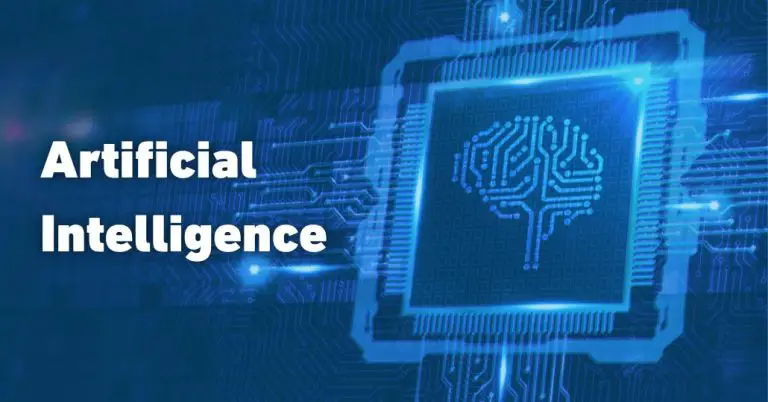OpenAI has hit a roadblock in its latest AI rollout. The company planned to expand its powerful new AI image capabilities to all ChatGPT users, but increasing demand has forced a delay for those on the free tier.
CEO Sam Altman acknowledged the issue in a post on X on Wednesday, writing:- “Images in ChatGPT are wayyyy more popular than we expected (and we had pretty high expectations).”
This increase in interest caught even OpenAI by surprise, leading to the decision to temporarily restrict access to paid users on ChatGPT Pro, Plus, and Teams while the company works to scale its infrastructure.
What’s Special About ChatGPT’s New Image Capabilities?
The latest AI image feature, powered by GPT-4o, is more than just a standard image generator. Unlike previous versions of DALL·E that required separate tools, this update allows smooth integration of text and image processing in ChatGPT. Users can now:
- Generate images from text prompts instantly.
- Upload and modify existing images with AI-powered editing tools.
- Interact with images by asking questions about them (useful for accessibility and analysis).
This improvement brings ChatGPT closer to a truly multimodal AI, capable of handling text, images, and voice interchangeably.
A Pattern of Compute Struggles
This isn’t the first time OpenAI has had to slow down a rollout due to limited computing power. Back in December, the company introduced Sora, an advanced AI model capable of generating realistic videos from text prompts. But within days, OpenAI disabled new signups, citing similar resource constraints.
These issues highlight an ongoing challenge, AI is outpacing available computing infrastructure. Large-scale AI models require enormous amounts of processing power, and OpenAI has frequently struggled to keep up with the increasing demand from both free and paid users.
The Solution? A $500 Billion AI Data Center
To solve these infrastructure bottlenecks, OpenAI is working on Stargate, a proposed $500 billion data center project that could be among the most ambitious AI infrastructure builds in history. If realized, Stargate would provide massive computing resources to support the next wave of AI applications, ensuring that future rollouts aren’t as constrained as they are now.
Additionally, OpenAI is increasingly dependent on partnerships with Microsoft, which has been investing billions into NVIDIA-powered AI data centers to fuel OpenAI’s growing needs.
When Will Free Users Get Access?
For now, OpenAI hasn’t provided a clear timeline for when free-tier users will gain access to the new AI image features. Given past rollouts, it could take weeks or months before the company scales its resources enough to accommodate everyone.
However, this delay underscores something important. AI is advancing faster than expected, and demand is only growing. As OpenAI works to expand its infrastructure, it’s clear that the future of AI will require not just smarter models, but also bigger, more powerful systems to run them.





